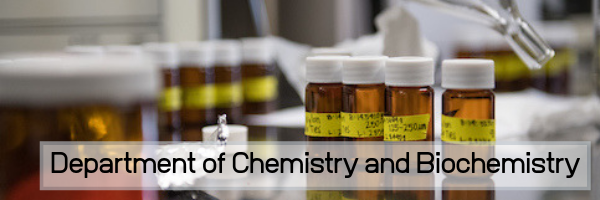
Faculty and Student Publications
Document Type
Article
Publication Date
5-26-2020
Abstract
Copyright © 2020 American Chemical Society. Reversible CO2 binders under ambient conditions are of significant interest for multiple applications in sensing and capture technologies. In this paper, a general systematic way to evaluate CO2 receptors with π-systems is put forward. A series of receptors (five pyridine-based and one triazine-based) are evaluated as CO2 binders in terms of number of hydrogen bonding sites, strength of hydrogen bond donors, and number of nucleophilic sites. The binding of CO2 to the receptors was probed by computational models, absorption spectroscopy, fluorescence spectroscopy, cyclic voltammetry, and 1H NMR studies. Multiple solvents with varying ionic strength additives are probed to analyze the effects on CO2-bound intermediates. The receptors were screened progressively down-selecting through the different analytical techniques arriving at a promising pyridine receptor, which shows evidence of CO2 binding with each of the analytical techniques. The diaminopyridine motif demonstrates reversible CO2 binding and has convenient substitution sites for derivatization to incorporate into functional sensor systems.
Relational Format
journal article
Recommended Citation
Gayton, Jacqueline N., et al. “Pyridyl CO 2 Fixation Enabled by a Secondary Hydrogen Bonding Coordination Sphere.” ACS Omega, vol. 5, no. 20, May 2020, pp. 11687–94, doi:10.1021/acsomega.0c00989.
DOI
10.1021/acsomega.0c00989
Accessibility Status
Searchable text

